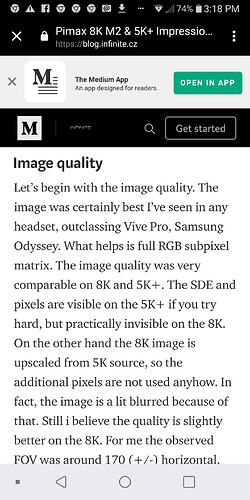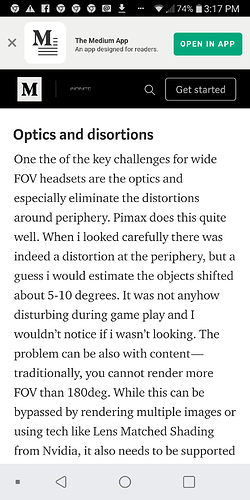I have a Doc-Ok article that might explain the issue.
Display Lag - the world follows your head
In an HMD, the screens move with the viewer’s head, and any delay will cause the virtual world to move along with the viewer until the display system catches up. Imagine wearing an HMD and quickly turning your head to the side. Say it takes 30ms total until this motion is noticed by the head tracking system, the application updates its internal state, renders the new state, and refreshes the HMD’s screens. During this interval, the world will turn with you, and it will snap back to its original orientation once the delay time has passed.
Bad calibration - the world changes as you move your head
Another, more subtle, effect is that in a miscalibrated display system the virtual world does not behave as the real world would. Do a simple experiment: fire up some first-person video game that allows view configuration, such as Doom3, and set a high field of view. Then rotate the view and observe. The virtual world will display a strong distortion effect, meaning that the sizes of objects, and their internal angles, change as the viewpoint changes.
Article #2
Wrong virtual camera distance - world changes as you move your eyes
TiagoTiago asked if it wouldn’t be better if the virtual camera were located at the centers of the viewer’s eyeballs instead of at the pupils, because then light rays entering the eye straight on would be represented correctly, independently of eye vergence angle. Spoiler alert: he was right. But I was skeptical at first, because, after all, that’s just plain wrong. All light rays entering the eye converge at the pupil, and therefore that’s the only correct position for the virtual camera.
Well, that’s true, but if the current pupil position is unknown due to lack of eye tracking, then the only correct thing turns into just another approximation, and who’s to say which approximation is better.
Turns out that I was wrong, and that in the presence of a collimating lens, i.e., a lens that is positioned such that the HMD display screen is in the lens’ focal plane, distortion from placing the camera in the center of the eyeball is significantly less pronounced than in my approach.
He also has a good general intro into how VR works and some of the issues that face hardware/software designers.

